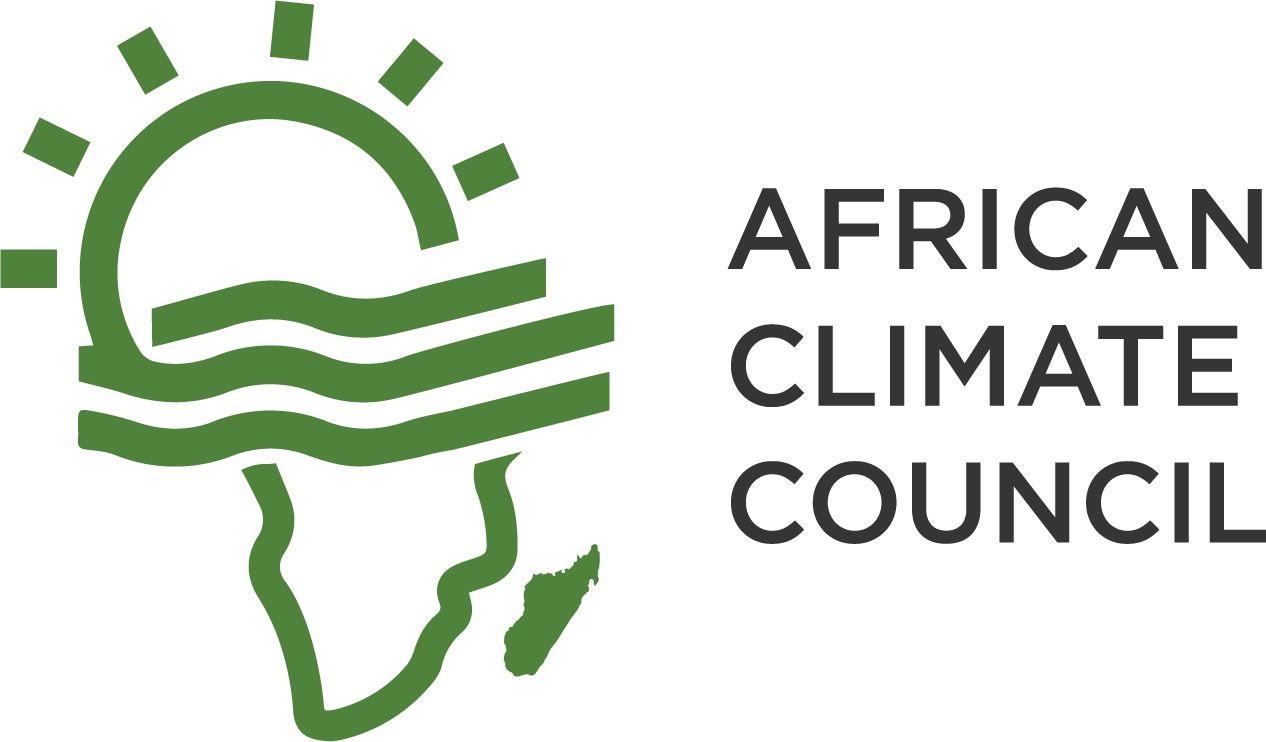
CREDIT: JEKESAI NJIKIZANA/AFP/Getty Images
Small-scale farmers in rural Gwanda, Zimbabwe, are facing a double tragedy, after being hit by a combination of climate change features from heat, droughts and floods. Illegal small-scale gold mining is another disaster leading to water contamination, land degradation, and loss of biodiversity in the area.
According to research, droughts in Gwanda have significantly affected rural farmers and increased over the past 40 years, largely affecting the harvests.
Nonetheless, not all small-scale mining in the nation is illegal. Various artisanal miners hold a license for specific land, and usually pay taxes to the local authorities. However, there are over 400,000 illegal, and the numbers threaten to increase.
Therefore, the combined risks of increased illegal mining and climate change are a long-term threat. True to that, the risk is bound to spread and jeopardize other sectors. This includes harvesting mopane worms, homestead gardening, and dry planting of drought-resistant crops. Additionally, various farmers are already complaining of increased livestock deaths due to drought and high temperatures.
Infrastructure hasn’t been spared either with the miners digging and damaging roads between 2017 to 2021. The local authorities have since been unable to repair the section, which was once a primary public transport route. As a result, transport charges has tripled, from R100 (US$5.43), to R300 (US$16.40).
It’s upon the Gwanda local authorities to act fast to sort out the illegal mining factor, and input necessary climate mitigation actions. This should be in conjunction with the national government, mandated to protect its citizens from dangers of climate change.


Add a Comment